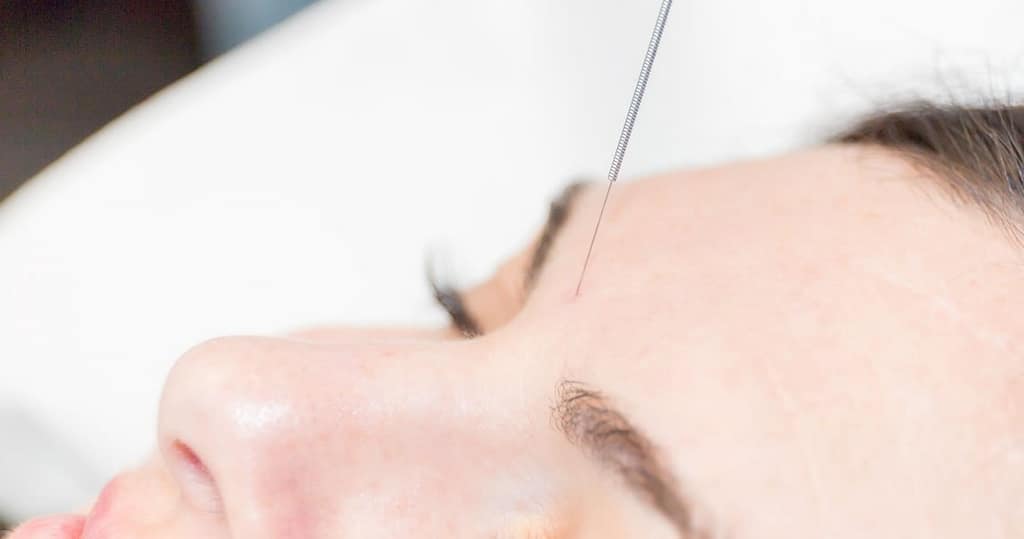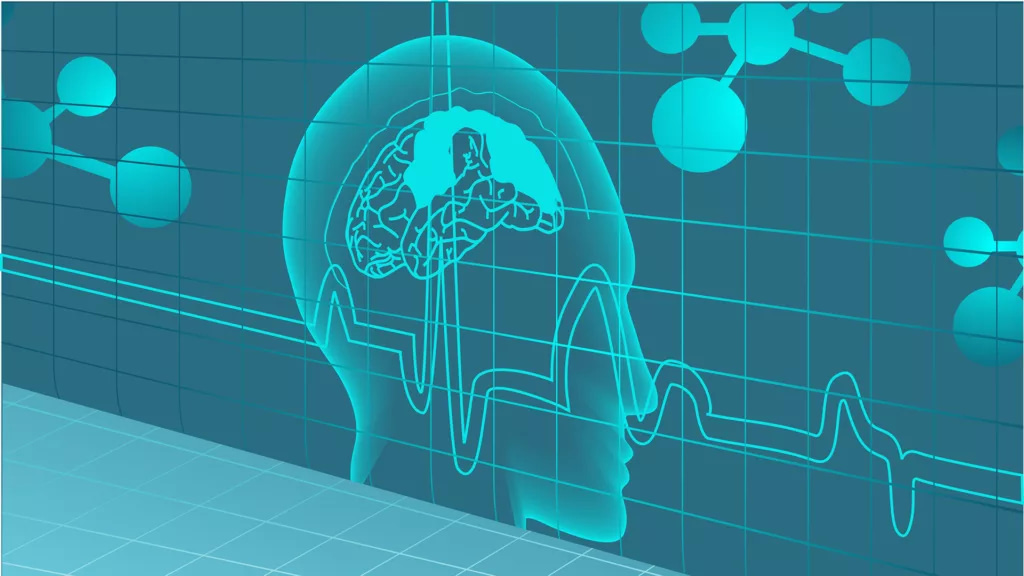Acupuncture for Bell’s Palsy
Bell’s palsy is a condition that affects the facial nerves, causing sudden weakness or paralysis on one side of the face, that affects approximately 1 in 5,000 people worldwide. The exact cause of Bell’s palsy is unknown, but it is believed to be due to inflammation or damage to the facial nerve. This condition can be temporary or permanent and may affect people of all ages.
Western medicine has several treatment options for Bell’s palsy, including antiviral medication, corticosteroids, and physical therapy. However, the effectiveness of these treatments varies, and there is still no cure for Bell’s palsy. Some doctors may recommend a “wait and see” approach, as in some cases, the condition may resolve on its own within a few weeks to months. Unfortunately, there are no statistics on the self-recovery rate of Bell’s palsy. Some patients may never fully recover, and may not have been introduced to acupuncture as a treatment option.
Acupuncture has been used for centuries to treat a variety of conditions, including Bell’s palsy. Acupuncture involves the insertion of thin needles into specific points on the body to stimulate the flow of energy or Qi. It is believed that this stimulation helps to restore the balance of Qi and promote healing.
Acupuncture can help Bell’s palsy in several ways. Firstly, it can help to reduce inflammation and promote the flow of blood and Qi to the affected area. This can help to reduce pain, improve muscle function, and speed up recovery time.
Secondly, acupuncture can help to stimulate the regeneration of nerve cells and improve the function of the facial nerve. This can help to improve the strength and coordination of facial muscles and reduce symptoms of Bell’s palsy.

Acupuncture points commonly used for Bell’s palsy include:
- Large Intestine 4 (LI 4): Located on the back of the hand between the thumb and index finger, this point is believed to promote the flow of Qi and blood to the face, relieve pain, and reduce inflammation.
- Stomach 6 (ST 6): Located on the jawline, this point is believed to stimulate the facial nerve, improve muscle function, and reduce swelling.
- Gallbladder 20 (GB 20): Located at the base of the skull, this point is believed to relieve pain, reduce inflammation, and improve circulation to the head and neck.
Research has shown that acupuncture can be an effective treatment for Bell’s palsy. A meta-analysis of 17 randomized controlled trials found that acupuncture was significantly more effective than medication in improving the facial nerve function and reducing symptoms of Bell’s palsy (Zheng et al., 2015).
The best time window for acupuncture treatment to achieve maximum effectiveness is within the first three to six months of the onset of symptoms. Early treatment can help to reduce inflammation and promote nerve regeneration, leading to better outcomes and faster recovery.
In conclusion, if you or someone you know is experiencing Bell’s palsy, acupuncture can be an effective and safe treatment option. It works by promoting the flow of blood and Qi, reducing inflammation, and stimulating nerve regeneration. To receive the best possible care, it’s recommended to seek treatment from a licensed and experienced acupuncturist. Don’t forget to consult with your healthcare provider before starting acupuncture treatment. Remember that acupuncture should not be used as a replacement for medical treatment, but rather as a complementary approach alongside conventional treatments. Contact Huatuo Clinic today to schedule an appointment and learn more about how we can help you manage your Bell’s palsy symptoms.





